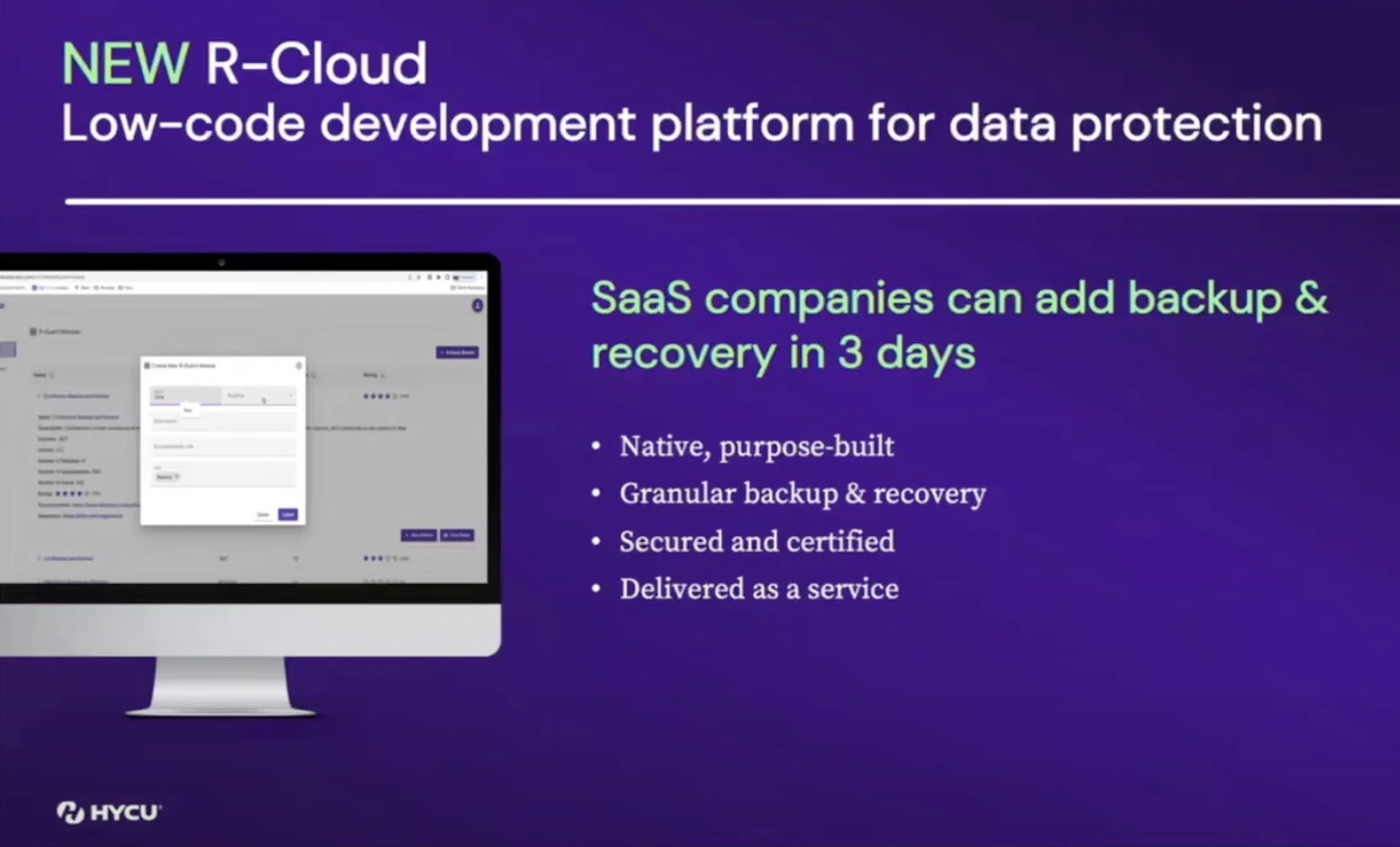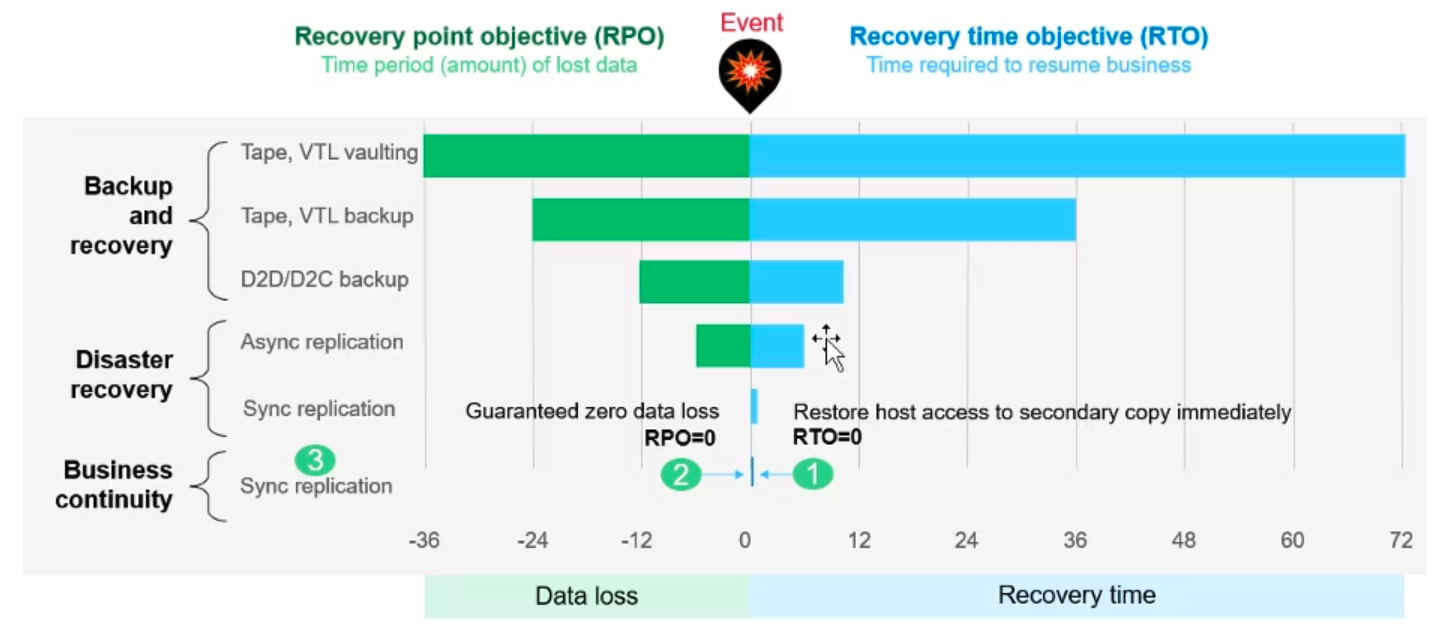Odds are good that your company is already looking at a cloud-based application. I can say that with certainty because the odds are even better that you’ve already deployed one or two of them. Apps like Office365, ServiceNow, and Zscaler are becoming more and more popular with organizations. Instead of worrying about clunky application installers and managing several different software versions, IT is instead choosing to locate their apps in the cloud and deploy on-demand to knowledge workers.
The problem with shifting the complexity of a traditional software deployment methodology to the cloud is that the complexity doesn’t really go away. Instead of trying to chase down MSI files for an Office installation, you’re instead trying to figure out how to deliver those services to your users. And if you’re in an organization where those sites are located around the world you may even find yourself chasing more difficult issues like cloud direct connection points and content delivery networks.
But what about SD-WAN? Isn’t that the magic solution that’s supposed to simplify our lives and make everything easier to manage and deploy? In a perfect world, the answer would be an unqualified “yes”. However, we’re not quite there yet. That’s because the promise of SD-WAN simplicity and manageability is really only focused on the edge device and the operating system that it runs. The application stack is still getting the short end of the stick.
Sharp Focus

Last month, CloudGenix decided to do something about that. They launched their new CloudBlade architecture. The name is evocative of many different things. What CloudGenix is trying to harken back to is the idea of pre-SD-WAN edge compute blade units. This idea was novel at the time but fell into disuse quickly. Rather than deploying new servers and applications to the edge, some vendors chose to deploy miniature servers to the network edge to deliver specific application performance in a small package. Maybe it was voice and phone service. Or content filtering and edge security.
The problem with the blade edge method was the the servers were typically underpowered and were out of date before you knew it. It was hard to update those applications on a regular basis and often those updates required the services to be taken offline for an extended period of time. They also didn’t scale very well. If you have less than 50 users in a remote office you were okay to use a given voice edge device. But as soon as you hired your 51st employee there the whole system needed to be forklifted to the next SKU that might cost three times as much for just a few extra licenses.
CloudGenix CloudBlades seeks to do away with all of that nonsense. Instead of delivering a package of hardware to the edge, the CloudBlade system functions as a deployable software package right to the edge device. Think of it like a deployable installer file. But rather than just being a single installation of an application, the CloudBlade is a full cloud-realized deployment of a given application. For example, if you download and run the Palo Alto Networks Prisma CloudBlade package on your edge device you get a full-featured security application suite with one easy deployment. The neat part is that each CloudBlade is deployable to any endpoint in your network. No more worrying about the proper software version on a device or ensuring the hardware will support a module. It’s all transparent and ready to go.
Nimble Slices
And speaking of those devices, CloudGenix wanted to make sure that you weren’t left out in the cold. CloudBlades services are hardware-agnostic. Rather than being locked in to a particular vendor solution, CloudBlades can run across any WAN or any cloud provider. As long as you have the right programmatic setup you can deploy CloudBlade packages to your edge devices.
And if you don’t have the right edge devices in place, CloudGenix’s Instant On Network (ION) offers a lightweight x86 SD-WAN platform that runs CloudGenix software and can serve as an edge enforcement point for any CloudBlade package. That means you can deploy a simple device to the edge of your network and leverage it for cloud-based application support without needing to spend thousands of dollars on another hard-to-manage device that will be obsolete before you know it.
Bringing It All Together
SD-WAN often claims to be the better solution focused on the software of a device instead of bigger and faster hardware. But somehow you always end up needing to buy a new router or CPE. CloudGenix has taken a different approach. By cutting out the hardware reliance on these services, CloudBlades are a faster, simpler, and more reliable way to get the support you need to the places you need it. And with a growing list of partner companies developing for the platform it’s only a matter of time before CloudGenix is poised to make some deep cuts into their competition as well.




